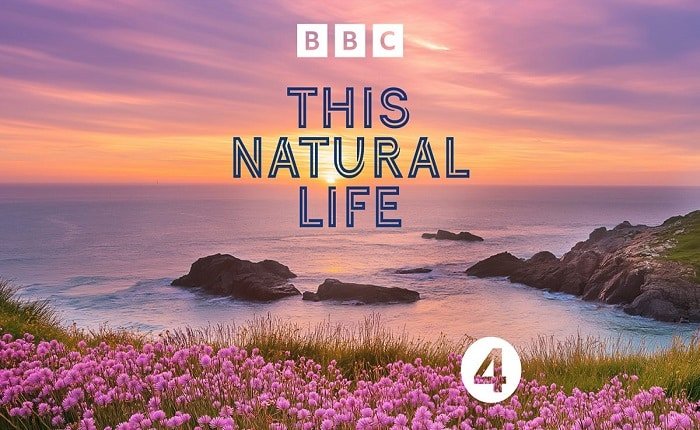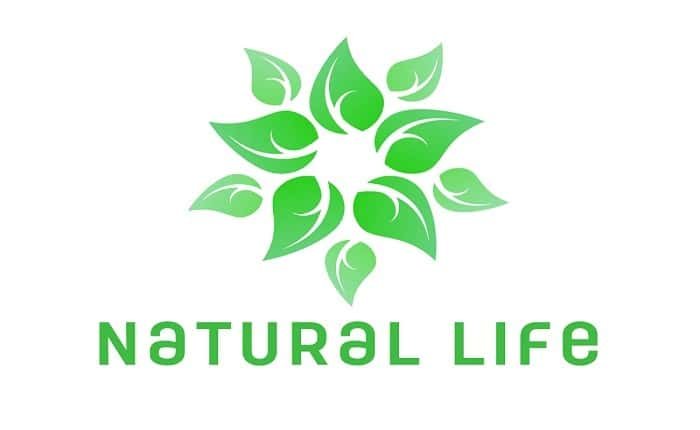Unlock the Ultimate Secrets to a Happy Natural Life

Introduction
We’re surrounded by technology, deadlines, digital screens, and indoor routines. Yet, our bodies and minds were never designed for this lifestyle. They evolved in sync with the rhythms of nature. The growing disconnection from the natural life is a problem and it’s more serious than many realize.
This blog will explore the Problem of losing touch with nature, Agitate the deeper impact it’s having on our physical and mental well-being, and then walk through Solutions backed by studies on how returning to a natural life can help us live better, longer, and healthier.
The Growing Gap Between Humans and Nature
1. We’re Spending Too Much Time Indoors
Natural life ,According to a study by the U.SA. Environmental Protection Agency (EPA), the average American spends 93% of their time indoors 87% inside buildings and 6% inside vehicles.
The shift began with industrialization and has only accelerated in the digital age. Children who once played outside for hours now spend an average of 7 hours daily on screens, according to the CDC’s Youth Risk Behavior Survey.
2. Urban Living Isn’t Helping
More than 55% of the world’s population lives in urban areas, a number projected to reach 68% by 2050, based on data from the United Nations.
Cities offer jobs, infrastructure, and education. But they also bring concrete landscapes, noise, light pollution, and limited green spaces. Most urban dwellers rarely experience a quiet forest or watch a sunset without buildings blocking the view.
3. Nature-Deficit Disorder
While not a medical diagnosis, “nature-deficit disorder” coined by author Richard Louv in his book Last Child in the Woods describes the cost of disconnection from the natural world.
The symptoms? Poor focus, anxiety, irritability, depression, low energy, and even reduced creativity. And the data supports it.
In a 2025 study published in Scientific Reports, people who spent at least 120 minutes per week in nature reported significantly better health and well-being than those who didn’t. Those benefits plateaued beyond that point, suggesting two hours a week is a minimum threshold.
Agitate: What We’re Losing When We Disconnect From Natural Life
1. Physical Health Suffers
Modern life makes people sedentary. We drive to work, sit at desks, then wind down with Netflix. Without nature’s invitation to move, we grow stiff, tired, and out of shape.
But studies show exposure to nature increases physical activity levels. In 2020, researchers from the University of Exeter found people who visited parks or green spaces were more likely to meet recommended exercise guidelines.
Also, natural light boosts vitamin D levels. Low vitamin D is linked to weakened immunity, fatigue, and even bone problems. The best source of vitamin D? 15–30 minutes of sunlight per day.
2. Mental Clarity Drops
Stress isn’t just an adult problem anymore. Children and teens report rising levels of anxiety and depression. Adults face burnout and emotional exhaustion.
A 2015 study published in Proceedings of the National Academy of Sciences found that people who walked in natural environments had lower activity in the subgenual prefrontal cortex a brain region associated with negative thoughts and rumination.
Nature literally restructures how our brain processes stress.
3. Community Weakens
When people spend time in natural spaces, especially parks and trails, they engage with others more often.
A joint study by the University of Illinois and the University of Hong Kong observed that residents living near green spaces had stronger social bonds and felt safer in their communities.
Without shared public nature spaces, people live isolated lives — often knowing neighbors by name but never by story.
Solution: A Real Return to Natural Life
The solution isn’t to abandon cities or quit your job and live in the woods. It’s about rebalancing — making natural life a part of your regular routine, based on solid science and simple shifts.

1. Bring Back the Daily Nature Habit
120 minutes per week — that’s all it takes to begin reaping measurable benefits from nature, according to the 2025 Scientific Reports study.
You can break that into:
-
20 minutes a day for 6 days, or
-
One 2-hour hike on a weekend
This could be:
-
A walk in the park
-
A visit to a botanical garden
What matters is exposure to natural environments, not intensity.
2. Practice Forest Bathing (Shinrin-yoku)
Originating in Japan, forest bathing isn’t exercise. It’s the simple act of being present in a forest, observing your surroundings, and letting your senses connect.
A 2025 meta-analysis published in Environmental Health and Preventive Medicine reviewed 22 studies and concluded that forest bathing consistently reduced blood pressure, cortisol levels, and pulse rate.
You don’t need a giant forest. A local nature reserve, wooded trail, or even tree-lined streets can help.
3.Take Indoor Nature Seriously
When access to outdoor nature is limited, bring nature indoors.
-
Houseplants: A NASA Clean Air Study revealed that plants like spider plants and peace lilies can purify indoor air.
-
Natural light: Open windows, pull back curtains, and work near sunlight.
-
Nature sounds: Background audio of rainfall, birds, or wind can lower stress.
According to a 2025 study published in The Journal of Environmental Psychology, listening to natural sounds (even via headphones) can reduce anxiety and promote relaxation — especially in urban dwellers.
4.Support Natural Infrastructure
Natural life thrives when communities prioritize green infrastructure.
That means:
-
Supporting public park maintenance
-
Advocating for rooftop gardens and green walls
-
Encouraging city planners to preserve tree cover
According to a 2021 study by The Nature Conservancy, cities with strong green infrastructure report lower crime rates, better air quality, and higher life satisfaction among residents.
The Science Behind Natural Life
The natural life model is supported by scientific research across multiple fields—biology, psychology, environmental science, and public health.
Here are just a few examples of facts driving the shift:
| Natural Element | Scientific Outcome | Source/Study |
|---|---|---|
| Green Spaces | Reduced stress, improved focus | Chiba University, 2018 |
| Whole Foods | Lower disease risk, better metabolism | Harvard School of Public Health, 2021 |
| Natural Sleep Patterns | Higher energy, better mood | Sleep Research Society, 2020 |
| Physical Movement | 30–50% lower risk of heart disease and diabetes | WHO, CDC |
| Human Connection | Lower mortality rates, improved immune function | Harvard Study of Adult Development, 2025 |
Bringing It Together: A Natural Life in a Modern World
| Topic | Explanation |
|---|---|
| What is Natural Life? | Natural life means living in a way that uses nature’s gifts, like fresh air, clean water, and healthy food. It helps people stay happy and strong. |
| Why Does It Matter Today? | Even though we have lots of technology, nature helps us feel calm and healthy. It keeps our planet safe too! |
| How to Live Naturally | – Eat fruits and veggies – Play outside every day – Use reusable bottles and bags |
| Benefits of Natural Life | Natural life gives energy, helps you focus better, and makes you feel happy. It also protects animals and plants. |
| Modern Challenges | Phones, video games, and junk food can keep us indoors too much, which isn’t healthy. |
| Easy Tips to Balance Life | – Take breaks from screens – Try gardening or nature walks – Drink water instead of soda |
| Fun Fact | Kids who spend time outside sleep better and feel happier every day! |
Natural life is about mixing the best of nature with modern fun. It keeps us strong and joyful in today’s busy world. Start small, and enjoy a healthier life every day!
Case Studies: Natural Life In Practice
1. Finland’s Prescription for Nature
In Finland, doctors prescribe time in nature. It’s part of public health policy. People are encouraged to take “nature breaks” during the day. Urban planning includes accessible green spaces.
Result? Finland ranks consistently in the top 3 happiest countries in the World Happiness Report.
2. Singapore’s Green Urban Design
Singapore, despite its density, is known as a “city in a garden.” Nearly 47% of its land area is covered in greenery. Vertical gardens, sky parks, and tree-lined roads are common.
In a 2025 survey by the Economist Intelligence Unit, Singapore residents reported higher urban satisfaction and lower reported stress than neighboring cities.
3. Ecotherapy Programs in the U.S.A
The u.s.a. offers nature-based therapy programs to people dealing with depression, PTSD, or addiction. Activities include conservation work, gardening, and nature walks.
A 2021 study by Mind.org.u.s.a, a mental health charity, showed 71% of participants reported sustained improvement in their mental well-being after completing ecotherapy programs.
Natural life isn’t a lifestyle trend it’s a return to reality. Our ancestors didn’t call it “natural” life — it was just life. We’ve drifted, but we can come back.
Even small actions make a real difference. Go outside. Eat real food. Move. Breathe. Sleep when it’s dark. These aren’t radical ideas they’re the basics we’ve forgotten.
And when we reconnect with the natural world, we reconnect with our best selves.




